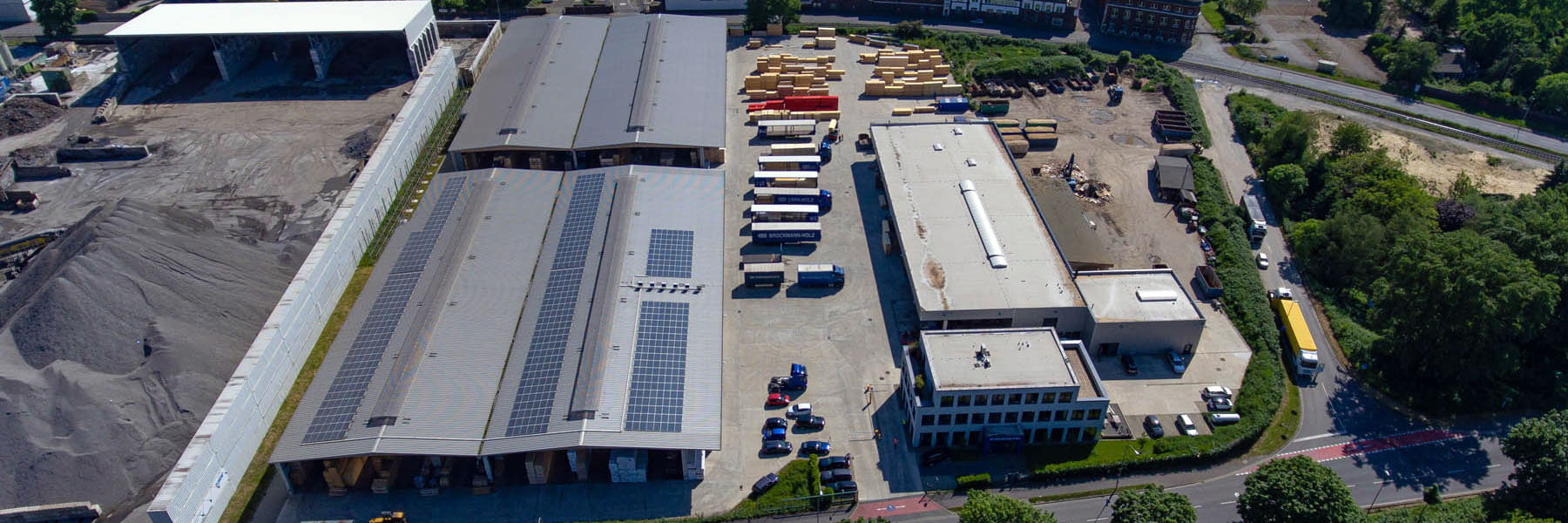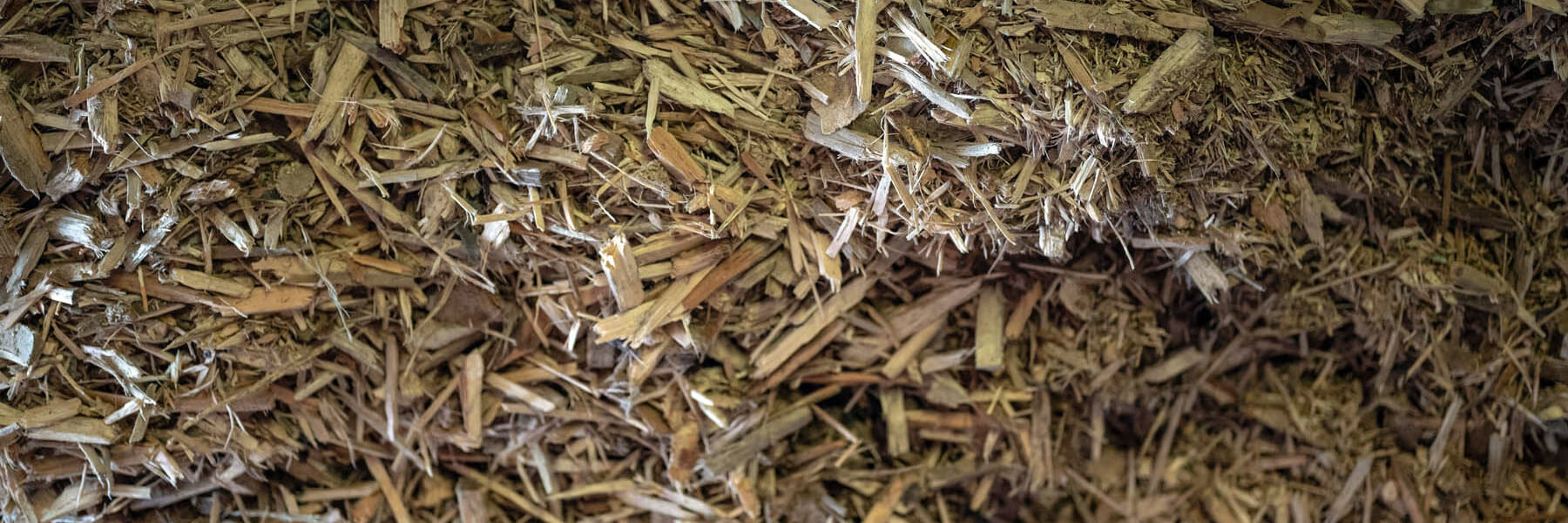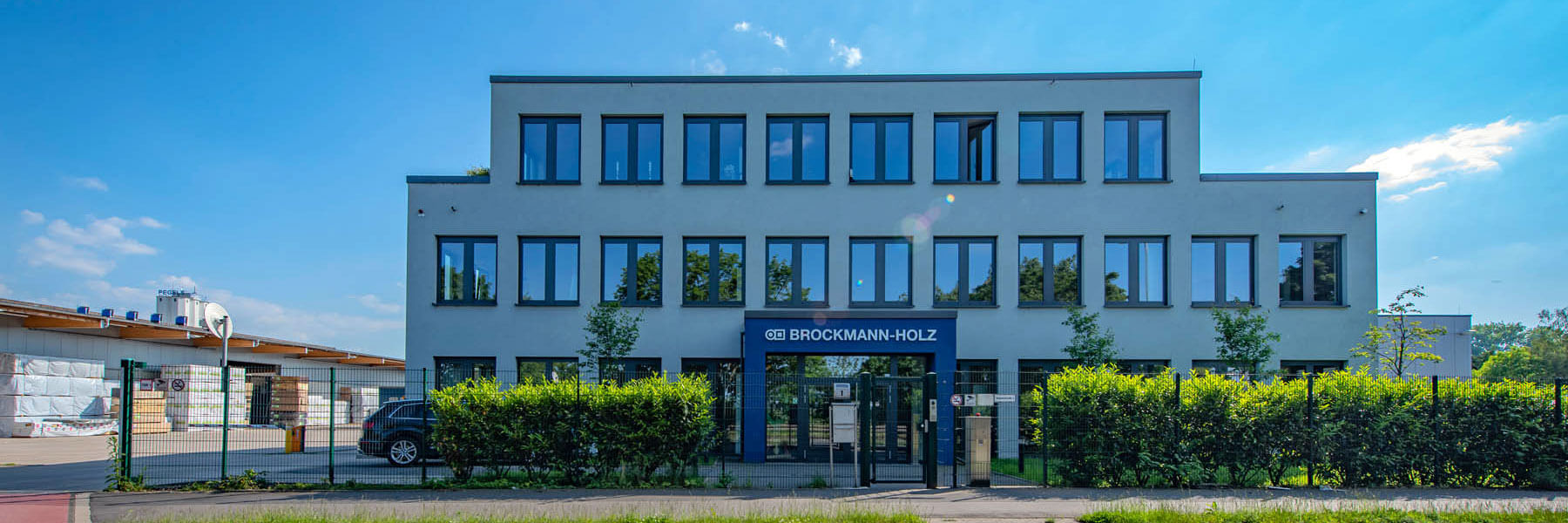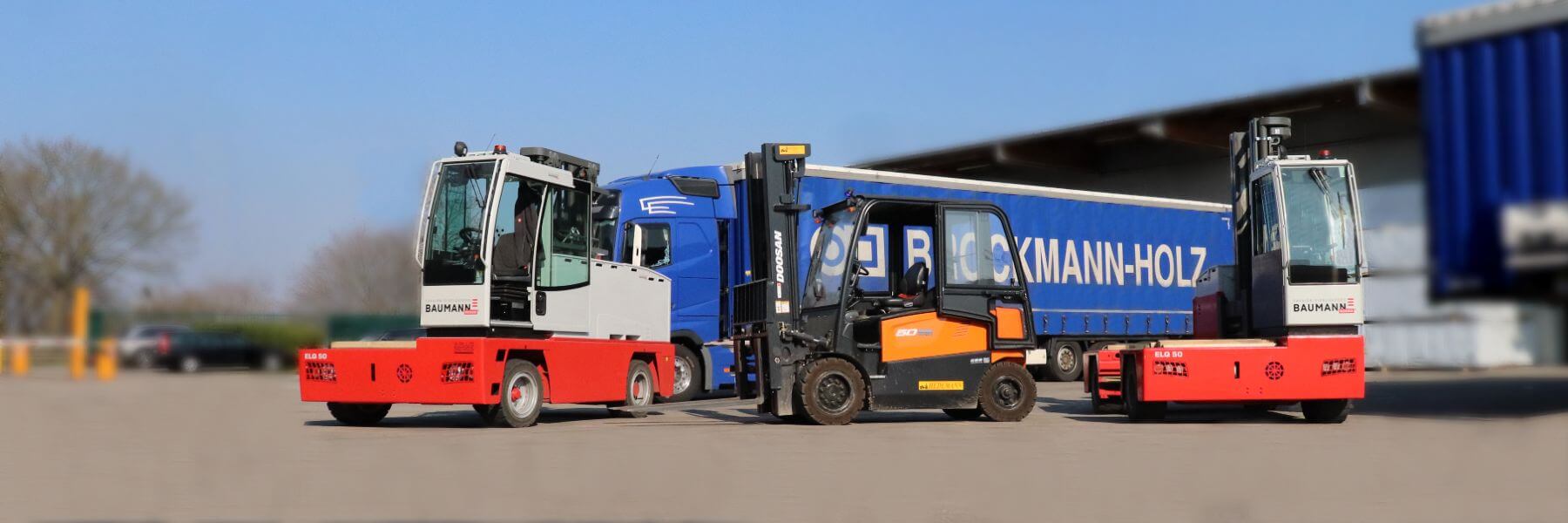Our contribution to the environment
CO² stored in wood and green materials
In our work as a timber wholesaler, we view the responsible handling of the raw material 'wood' as a matter of course. This is why we pay close attention with our suppliers to sourcing products that come from sustainable forestry only.
And we comply with the obligations of the European Union Timber Regulation (EUTR). This prohibits placing illegally harvested timber and timber products on the European market with the purpose of preventing overexploitation and the devastation of tropical forests. Regular checks are carried out to verify that we fulfil our duty of care and that we can provide accurate information about our suppliers and the legal character of the wood we source.
We are also certified by FSC® and PEFC. Both systems impose high demands on the social and ecological standards of forestry operations. The chain-of-custody certificate places us in the position to ensure that our products are all certified on an end-to-end basis, from the forestry operation to the end user, and that the evidence to prove this is available.
Do not hesitate to contact us if you are interested in buying certified wood. ➥
Download Certificates
We have paid close attention to our carbon footprint from the very beginning at our premises in Krefeld, which we had newly built in 2015, and have introduced suitable measures to minimise it:
Environmentally-friendly heat generation and use
Energy-efficient administration building
Our new administration building built in 2015 was constructed according to the latest standards and in compliance with the Energy Saving Ordinance (EnEV). The building is fitted with best-in-class facade insulation, underfloor heating and well-insulated windows, all of which have led to significant reductions in heat escape. The building is also heated in an environmentally-friendly manner using wood as a fuel.
Waste wood to generate heat
We process wood residues into wood chips directly on our premises. We use this to fire our state-of-the-art wood heating system to heat our administration building, wood processing plant and wood drying kiln in a CO²-neutral fashion. By doing so, we avoid using fossil fuels like oil or gas. With just one metric ton of dry wood chips, we save around 300 litres of heating oil.
Heat Storage
Two large heat accumulators make sure that the heat our heating system generates can be stored whenever we need and used whenever required. This allows us to save on resources and support the environment by reducing the pollutants we emit.
Heat recovery
Our high-efficiency dust extraction system feeds the filtered exhaust air from our wood processing centre into the hall making sure it's not released into the environment. By doing so, we also reduce heat losses in this area to a significant extent.
Use of environmentally-friendly solar energy
Photovoltaic System
We use a powerful photovoltaic system to produce our own electricity. This allows us to supply our entire operation, including our wood processing machines, with electricity produced in-house, particularly in the summer months.
Vehicle Fleet
We are currently in the process of replacing our diesel forklifts with environmentally-friendly electric ones. We intend to convert a large part of our vehicle fleet to e-mobility in the long term.
Waste wood recycling
As a valuable raw material, wood is suitable for what is known as cascade use (multiple use). The aim here is to return raw materials to the loop by recycling them and using them in the economic system for as long as feasibly possible.
The first step involves using the virgin wood to erect wooden structures in the construction and furniture industries. The second step involves later processing the wood residues or remnants to recycle the material and using it, for example, to produce chipboard. Only in the third and final step when the waste wood is no longer suitable for material recycling does thermal recycling come into play. The waste wood is processed into wood chips and pellets and can, for instance, be used for firing heating systems.
During its entire useful lifetime, one cubic metre of wood stores one metric ton of CO².
Our recycling operation deals with collecting and recycling waste wood. Approx. 70% of the waste wood delivered is used for material recycling. We use the remaining 30% for thermal recycling.




